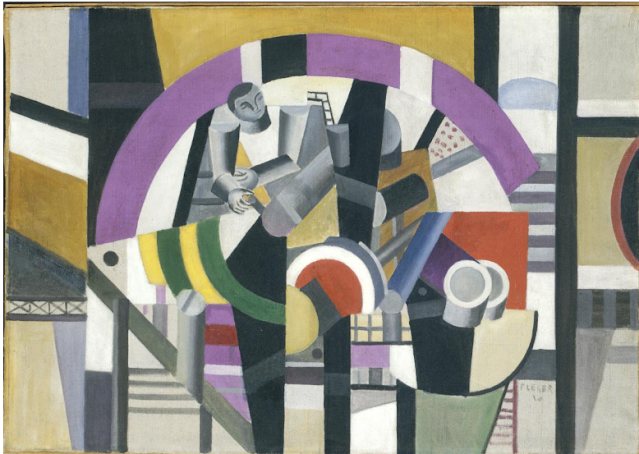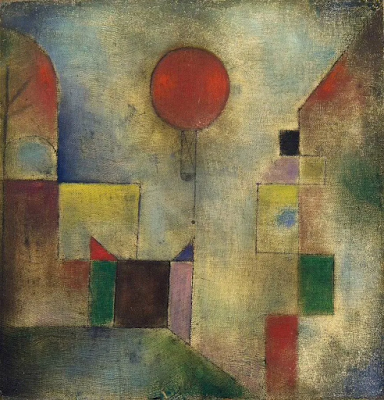Paul Gauguin, Le Sorcier d'Hiva Oa
Color! Paul Gauguin (1848-1903) loved it. It not only defined his paintings, but his mature life style. He was definitely an interesting, controversial and "colorful" man. Here we have Le Sourcier d'Hiva Oa, (Marquesan Man in Red Cape); which can be translated to The Wizard of Hiva Oa.
It was painted in 1902, a year before Gauguin's death. In 1901 Gauguin made his final move to the village of Atuona on the island of Hiva Oa, part of the Marquesas Islands, French Polynesia in the South Pacific Ocean. Here, he befriended this man, a figure much feared by natives because his powers as a wizard. Some have speculated Gauguin saw him as a third sexual being, being a mix of male and female.
For us the painting is typical of Gauguin's Polynesian work as it blends bright, vivid color with native figures in their natural setting, and suggesting some symbolism.
Gauguin was a life long friend of French painter, Edgar Degas. I have mentioned Degas before when discussing the work of Mary Cassatt. Degas was a master at innovative composition, and I believe we can see his influence in this Gauguin painting. Look, the painting has been divided in half with the figure and people on our left, the landscape on the right. The two faces hiding behind the tree demand almost as much attention as the wizard's face, but then our attention pops down to the two animals in our lower right. I can only assume this is a cock and a dog (?) and are probably symbols of the man's profession.
Artist's have always been considered a "different lot", and certainly Gauguin provided much fuel for that stereotype. His life is interesting reading if you care to check him out. He did leave his DNA over every country and island he lived in.
The Wizard of Hiva Oa, is 36" x 28" and is part of the permanent collection of Musee d'Art Moderne et d'Art Contemporain in Liege, Belgium.
It was painted in 1902, a year before Gauguin's death. In 1901 Gauguin made his final move to the village of Atuona on the island of Hiva Oa, part of the Marquesas Islands, French Polynesia in the South Pacific Ocean. Here, he befriended this man, a figure much feared by natives because his powers as a wizard. Some have speculated Gauguin saw him as a third sexual being, being a mix of male and female.
For us the painting is typical of Gauguin's Polynesian work as it blends bright, vivid color with native figures in their natural setting, and suggesting some symbolism.
Gauguin was a life long friend of French painter, Edgar Degas. I have mentioned Degas before when discussing the work of Mary Cassatt. Degas was a master at innovative composition, and I believe we can see his influence in this Gauguin painting. Look, the painting has been divided in half with the figure and people on our left, the landscape on the right. The two faces hiding behind the tree demand almost as much attention as the wizard's face, but then our attention pops down to the two animals in our lower right. I can only assume this is a cock and a dog (?) and are probably symbols of the man's profession.
Artist's have always been considered a "different lot", and certainly Gauguin provided much fuel for that stereotype. His life is interesting reading if you care to check him out. He did leave his DNA over every country and island he lived in.
The Wizard of Hiva Oa, is 36" x 28" and is part of the permanent collection of Musee d'Art Moderne et d'Art Contemporain in Liege, Belgium.




His colors are rich and bold, either to enhance or lead your eye elsewhere. His people, objects or surroundings always seem perfectly placed to balance the whole scene. I don't feel any movement or emotion, but yet the figures are very compelling. What is happening here, clandestine or otherwise?? I like his colorful work from the South Pacific. Interesting life, indeed.
ReplyDelete